Yup. I’m the fucking client. I’ve got nothing left to prove.
But there is always something I can do better.
This need for constant improvement should drive me.
Let’s kick ass on this job and beat it on the next one.
GRIZZLY PEAR
Yup. I’m the fucking client. I’ve got nothing left to prove.
But there is always something I can do better.
This need for constant improvement should drive me.
Let’s kick ass on this job and beat it on the next one.
拔了毛的凤凰不如鸡。
A plucked phoenix is worth less than a chicken.
Chinese Proverb
Joining the government was quite magical. People started returning my phone calls. Folks from the same companies who didn’t bother sending a confirmation receipt when I previously sent them resumes inquiring about public job postings.
If I wasn’t careful, I might actually believe that I had moved up in the world. However, I always remind myself that they aren’t picking the my phone call. They are taking calls from a Project Manager 2 at the State Public Works Division. It’s about the position, not the collection of biologically animated cells that happen to identify with me.
Of course, I hope that some of the new companions from the past three years actually appreciate my company, not merely the State’s patronage. But it’s impossible to shake the nagging question, “what would happen if?”
I’ve been lucky to have stayed on an upward trajectory in my career (so far), but I wonder if a fall from grace is ultimately a more painful ride than staying stuck in the mud. Then again, a drop is the risk that comes with moving up in the world.
Increased fragility from higher prominence is the ante to play the game.
Hopefully, an over-inflated delusion about one’s intrinsic value isn’t.
I’ve been blessed to work with great architects over the past three years. I’ve really enjoyed their company and I hope our partnerships will continue for many more years at the Division!
One of the reasons I’ve enjoyed my work is that I tend to always think of my projects as a two for one deal.
For example, I am the Owner’s Project Manager for a new university building, but the real project is learning how to be an OPM on a major capital improvement construction project.
The first project gets me paid, the second project gets me excited to go to work every day.
I wonder if this has something to do with a pattern in my career where I’ve made a change every few years. Once I’ve learned the craft offered by a company, I sense a calling to move on, especially after I’ve repeated the process a few times. At that point, the hidden project of learning the firm’s specialties has lost its appeal since I am well familiar with it.
Maybe a more productive pattern would be to find deeper projects within the projects. Once I’ve got the process down and internalized the typology, I should buckle down explore other the real projects behind the project. Once I understand, I need to find a source of satisfaction in a project beyond just learning something new.
Just asking such a question is scary because it’s a question with no easy answer. But, who knows, maybe this is where the path to mastery might begin.
I’ve been toying with creating a communication protocol for my projects. I would hand it to my Architect so they would be liberated from thinking about how to communicate so they can focus on what to say.
Non Urgent Items go onto an Online Taskboard (to be be discussed in a weekly one-on-one meeting between the Owner and Architect).
Yes / No quickies can be handled in Email.
Anything you send to someone that isn’t under your contract should CC: me. I’m not worried about being buried under emails. If I’m not in the salutation, I’ll scan it and file it away quietly when I get around to it.
Use Phone Calls liberally. If an email exchange might ping-pong more than three times, then pick up the phone. Make sure to document the conversation with a follow up email.
Don’t bother with voicemail. I never check those.
If it’s really urgent, Text me. Or call my cell twice in a row.
Videoconference preferred to save on travel time.
All Meetings should have an Agenda prepared X days in advance and Minutes distributed within Y days. (This is painful on purpose, to ensure the benefits of the meeting matches the cost).
A great meeting has three key elements: the desired outcome of the meeting is clear ahead of time; the various options are clear, ideally ahead of time; and the roles of the participants are clear at the time. … I think that’s the single largest source of optimization for a company: the makeup of their meetings. To be clear, it’s not about fewer meetings because meetings serve a purpose. Rather, it’s key to improve the meetings, themselves. A lot of my efforts focus on teaching people this framework. Ironically, I find that most people are just challenged by that stuff.
Spotify Founder and CEO Daniel Ek
I read these four examples a year ago and haven’t referenced them, but they have been fermenting in my brain. They links are sorted by alphabetical order of the company, but do the kids say these days? Retweet is not endorsement.
Expectations (Automattic, Inc)
The Basecamp Guide to Internal Communications
The 10 Slack Agreements of Buffer
Gitlab Handbook, Communication
I started in a small office, hand drafting with a telephone, using dial-in internet. Less than twenty years later, I have a cellphone and a computer, both of which have high speed internet and instantaneous access to email and MS Teams.
When we talk about progress, its easy to forget that the world that we saw slowly changed in real time is just the basic “normal” for those who grew up after the technology became widespread. These younger folks grew up in a totally divergent communication environment, and I believe that a communication handbook may be the best way to bridge the divide, even if it seems stodgy as hell.
It’s the morning of my punch walk. Three years of work (for me, four for the other team members) crossing the biggest milestone before students start learning stuff in August.
I woke up early, much too early for someone about to walk the building all day.
I feel a mix of trepidation and expectation, when I last visited the site a couple weeks ago, there was a lot of work to be done.
But here we are.
Like all milestones, they seem bigger in the future and diminish rapidly after being crossed.
Tomorrow will be another day of punching.
Monday will be the fallout. Wrap up some paperwork, wrestle with some loose items.
A project never ends with a bang, they generally tail off with a whimper.
By then, we’re long gone, chasing the next milestone on the next project.
I am an Owner’s Project Manager and Architect for the State of Nevada Public Works Division. We remodel, plan, and construct facilities for State Agencies for Using Agencies. The way our system is set up, we ultimately hold the contracts with the Consultants and Contractors.
I’ve worked on projects as small as a kitchen demolition in a mental health facility to a $44M Education Academic Building for Nevada State College. This post is based on my experience developing this process during construction administration for this major building (we are a couple months from substantial completion).
Primary Goals for a Web Taskboard + Weekly Check-in Process
Web Taskboard
We use the basic free package of Asana and have not found any significant limitations.
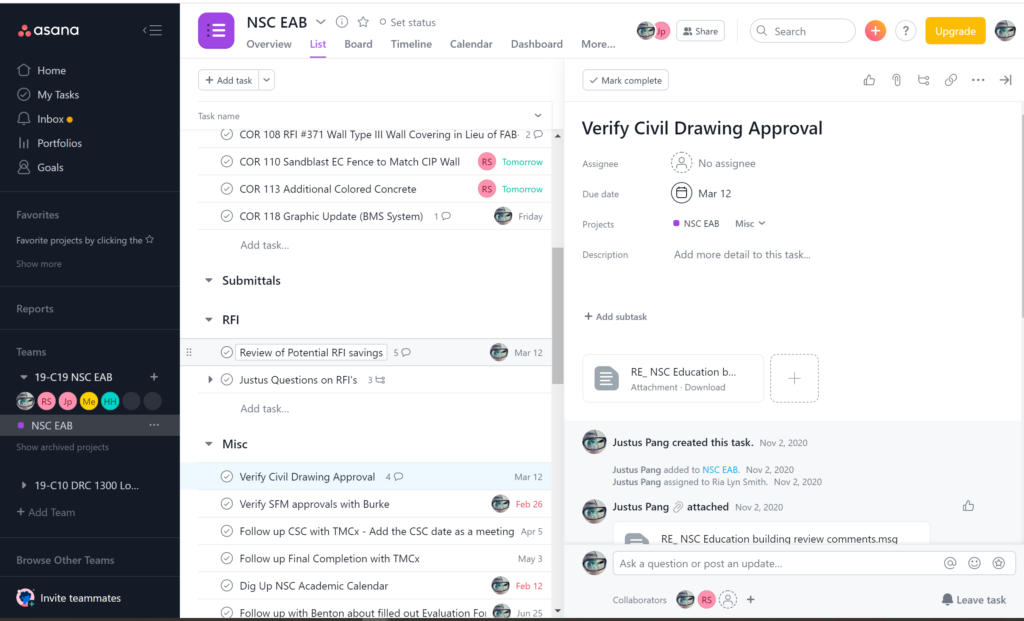
This task board is only used for coordination between the Owner and the Architect’s PM. The CMAR is not involved since another ad hoc communication channel could cause confusion. The Architect keeps track of their own internal tasks separately (such as typical RFI or Submittal processing), and I keep a separate things-to-do list for project tasks that don’t concern the architect.
We treat Asana as an open, free flowing space. Tasks and Deadlines can be added or assigned to anyone. There are only two restrictions:
When a task is added, relevant files (documents or key emails) are uploaded into the task. This eliminates use of email inboxes as repositories of information. Someone should be able to open the task in Asana and have all the relevant information to start work.
Weekly Check-in
A critical part this process is our weekly check-in. I’ve found it typically takes an hour. We have a standing placeholder on Monday afternoons, but we are flexible since it’s just the Architect’s PM and myself. That said, we never skip a full week. The call is loose and will veer into tangents, but it follows this rough Agenda:
Analysis
In theory, this system could minimize ad hoc emails between me and the Architect’s PM. Unfortunately, this doesn’t happen in practice, because there are always other parties (such as the Architect’s Principal in Charge, Contractor, Using Agency, etc.) who needs to be included in key communications. However, this system has successfully eliminated email searching because Asana has centralized all project tasks between us.
This system has given me a much better feel for project progress, despite operating under strict quarantine (we live with our in-laws). My relationship with the Architect’s PM was great before implementing this system, but this tool has been indispensable in maintaining tight synchronization during the usual chaos of construction administration. Before implementing this system, I could sense slippages of miscommunication; now we are never more than a week from airing out any concerns before a misalignment could get serious.
The weekly synchronization gives me a clear grasp of project needs and priorities. This has empowered me to focus intensely on my immediate tasks at hand for the rest of the week (for this project or otherwise).
The system isn’t a magic bullet, we still need to execute. For example, it would have been extra slick if I had started our FF&E purchases a month earlier than I did. The tasks were on the list the whole time, but I did not stay on top of my responsibilities to push this part of the project forward at the perfect time. However, the task board certainly helped me avoid the much worse event of being a month late!
This process isn’t free – it costs an hour every week. 2.5% of the time where two professionals aren’t executing direct deliverables (not to mention the separately held OAC meeting and job walks). The best analogy is to call this practice “PMt insurance”. I believe this regular time commitment has helped prevent small issues from becoming big emergencies.
We tried Microsoft Teams and Asana.com. I hoped that MS Teams would integrate better with MS To Do, however that feature only works with the user whose server is hosting the Team. So, we went back to Asana because it is very consistent in its email distribution (allowing the Architect to keep a record of all communications), and because I prefer Asana’s “List” (spreadsheet) interface. However, I would use MS Team for internal-only project teams, and I am open to trying other systems if someone feels strongly about it.
I have Asana’s iphone app, but I don’t use it for task management. However, I use Asana’s phone app to make “notes” during the job walk. I then discuss these comments on the weekly call with the Architect’s Project Manager and she incorporates relevant items into her weekly field reports.
Personal style disclaimer: I prefer one-on-one phone calls for resolving project issues since I feel decisions and gameplans are developed fastest in this manner. This process systematizes such a preference for handling non-urgent tasks between me and the architect. Other PM’s personal styles may differ.
Future Experiments
I plan on utilizing this process for future projects, starting at the design phase. I will request that the Architect select their preferred website (Monday, Trello, Wrike, Teams, Asana, etc.) and include any necessary premium costs into their fee.
For the design phase, I plan on extending the invite to the Using Agency and the CMAR’s Preconstruction Team. I still do not think this will be an appropriate communication channel with the CMAR’s team during construction operations.
I wonder if this process will minimize large group design meetings, or at least streamline them, since much of the updates could be handled via the web taskboard and in the weekly check-ins, especially since we hold formal presentations (and subsequent meeting minutes) after each of the major design phase deliverables.
I’m not sure if this will be useful for smaller projects, but I’ll give it a shot on my next one.
I might try doing this for internal communications, such as a weekly check-in with my direct supervisor.
References (some links)
General Thoughts
Sample Agendas
Acknowledgments
Many thanks to Ria Lyn Smith, who was my co-conspirator in developing this process. I initiated this system after reading about remote team weekly check-ins during the initial lockdown, after construction had started on our building. I grateful for her willingness to add this experiment on top of all the other fires of construction administration.
Also thanks to my AIA roundtable partners – Scott Knudson, Nea May Poole, Rachel Oleinick, Heather Pierce, and Emma Tucker for the lovely conversation that spurred me to finally put this post together. Finally, thanks to Heather Holmstrom for reviewing a draft and proposing some edits for this post.
My colleague made a blunder with his Excel file and lost two days of work. I wasn’t able to help him recover the garbled data, but before hanging up, he asked me if I could look up data on a separate worksheet in order to auto populate cells based off of a furniture tag on the main sheet. That quickly lead to a MS Teams call on a Sunday evening and a couple google searches later I hit the jackpot and save him two more days of labor.
The tip of the iceberg was two grown men hooping and hollering about a successful excel formula.
This moment was only possible with the powerful suite of technology in our homes. The laptops, the broadband, and our newfound familiarity with video calls. A simple text on a cell phone became a full blown weekend meeting in a few minutes.
Under that were years of tinkering in Microsoft Excel, starting when my dad showed me formulas on a spreadsheet while I was in junior high. Normally, I’m not really into tech, but I’ve always had a soft spot for Excel. The spreadsheet is such a seductive way to numerically model the world. I’m nowhere near a ninja, but I’m in the upper percentile compared to other architects. I’ve never taken a formal course, but every time I’ve run into a question, I’ll make that extra web search to lock in the answer. Every little moment accumulates into a decent library of knowledge and an easy ability to search for what one doesn’t already know.
And then there is my relationship with my coworker. We first met at a previous firm and worked together for a couple years. He moved on but soon invited me to pursue this gig with the state. We come from different worlds, but we’ve always had an bond with each other beyond the transactional relationship.
We’ve always had each other’s back, especially on a quiet Sunday evening as the kids are wondering why daddy started dancing around the home office.
I was requested to put together a bio for Rice Mentorship Program’s instagram page. Here is what I wrote, with the photos I submitted.
Justus Pang is a registered architect who has worked in Berkeley, Houston, and Las Vegas. His project history includes residential remodels, new apartment complexes, adaptive reuse conversions, and commercial, government, and hospitality tenant improvements.
His experience includes working as a laborer in a construction crew after college and summer internships with a landscape architect. Since 2018, he has worked for the State of Nevada as an Owner’s Project Manager.
Having participated within all roles within the industry, his focus is on fairness to all parties, strict quality control of the design and construction documentation, developing a collaborative environment, and continuous process improvement.
Ideally everyone walks out of my project with a smile and proud of the work.
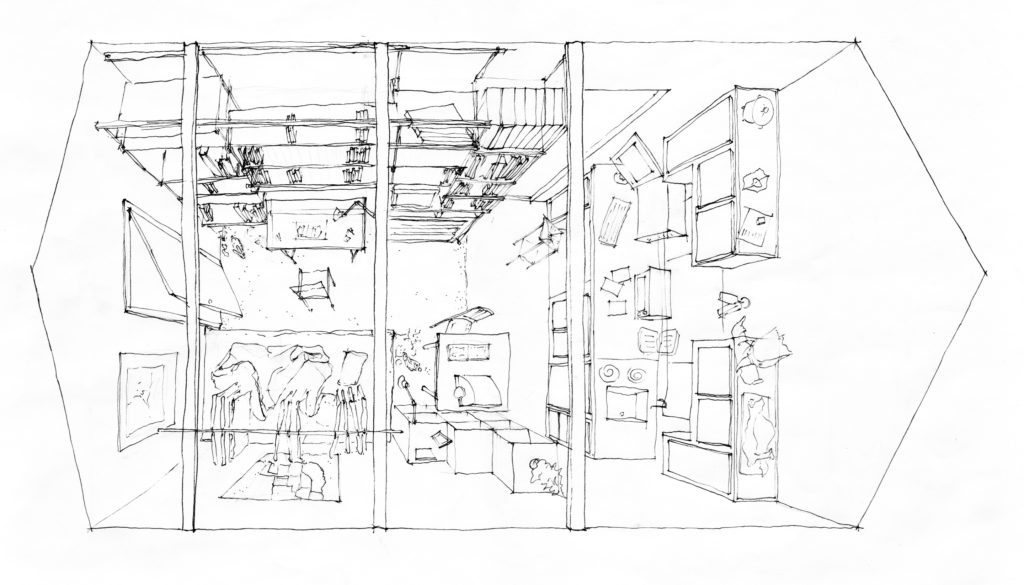
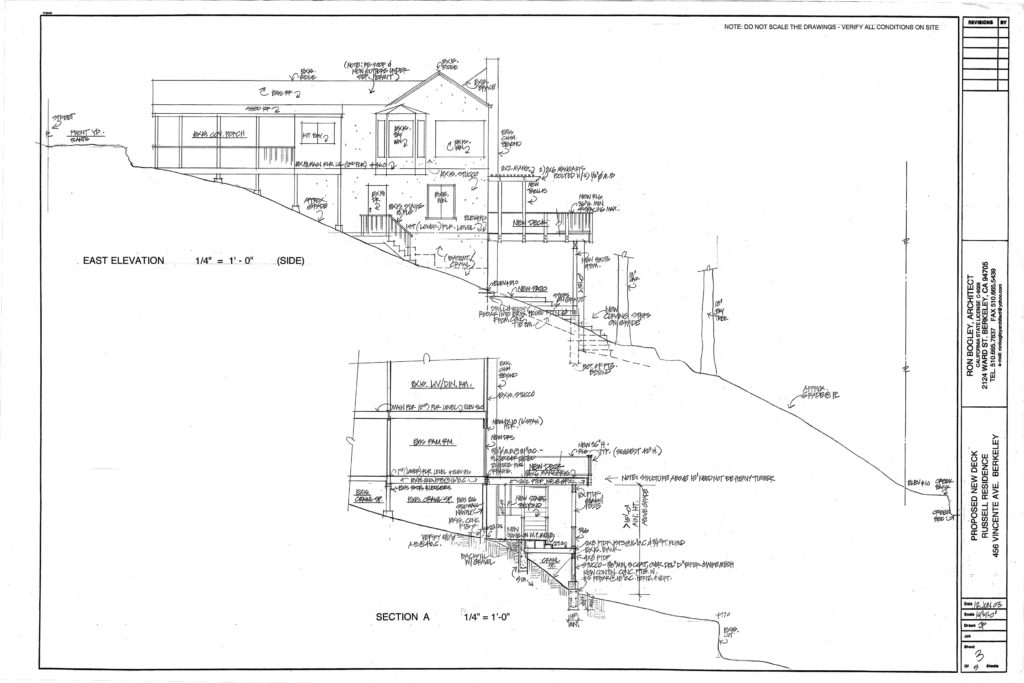
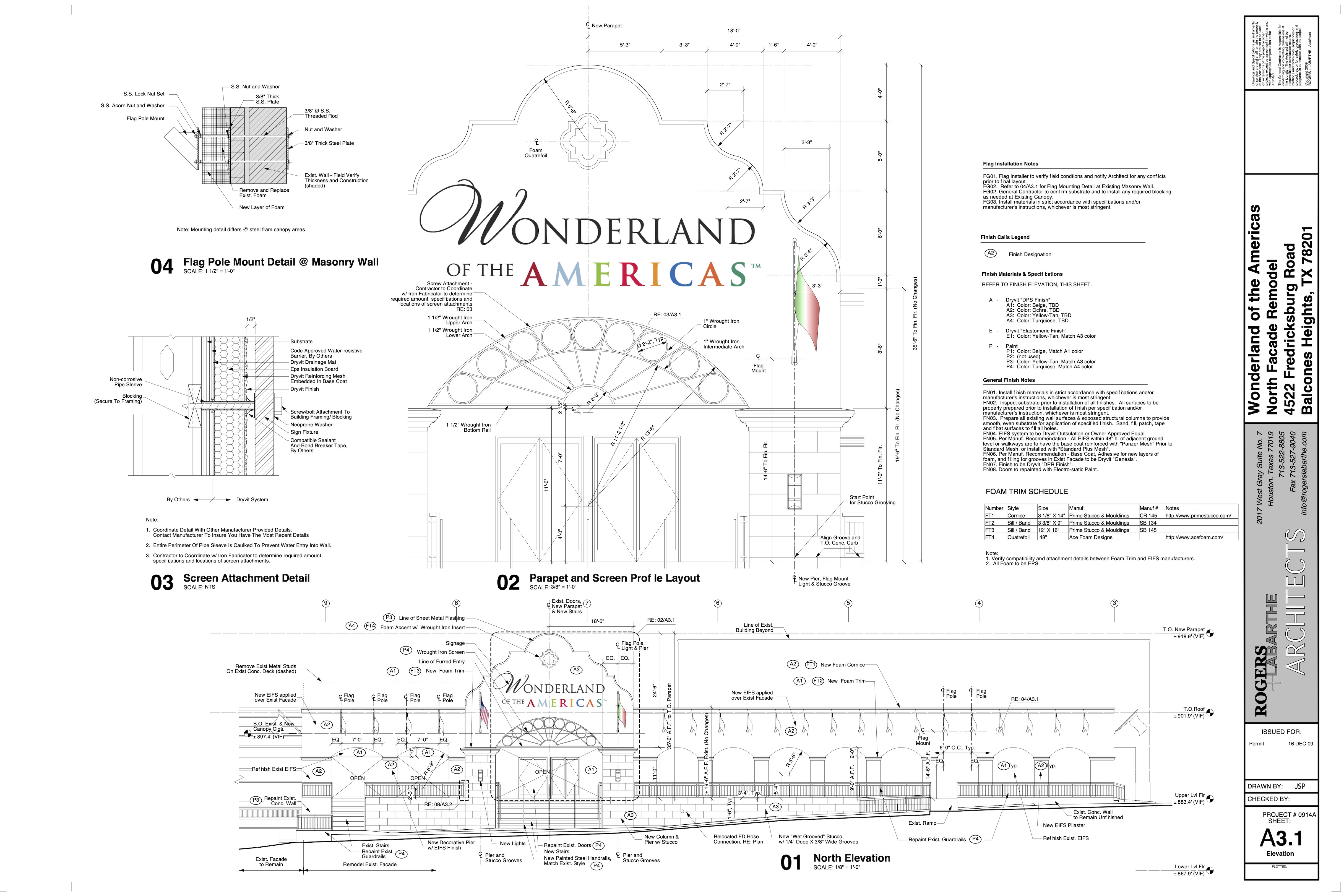
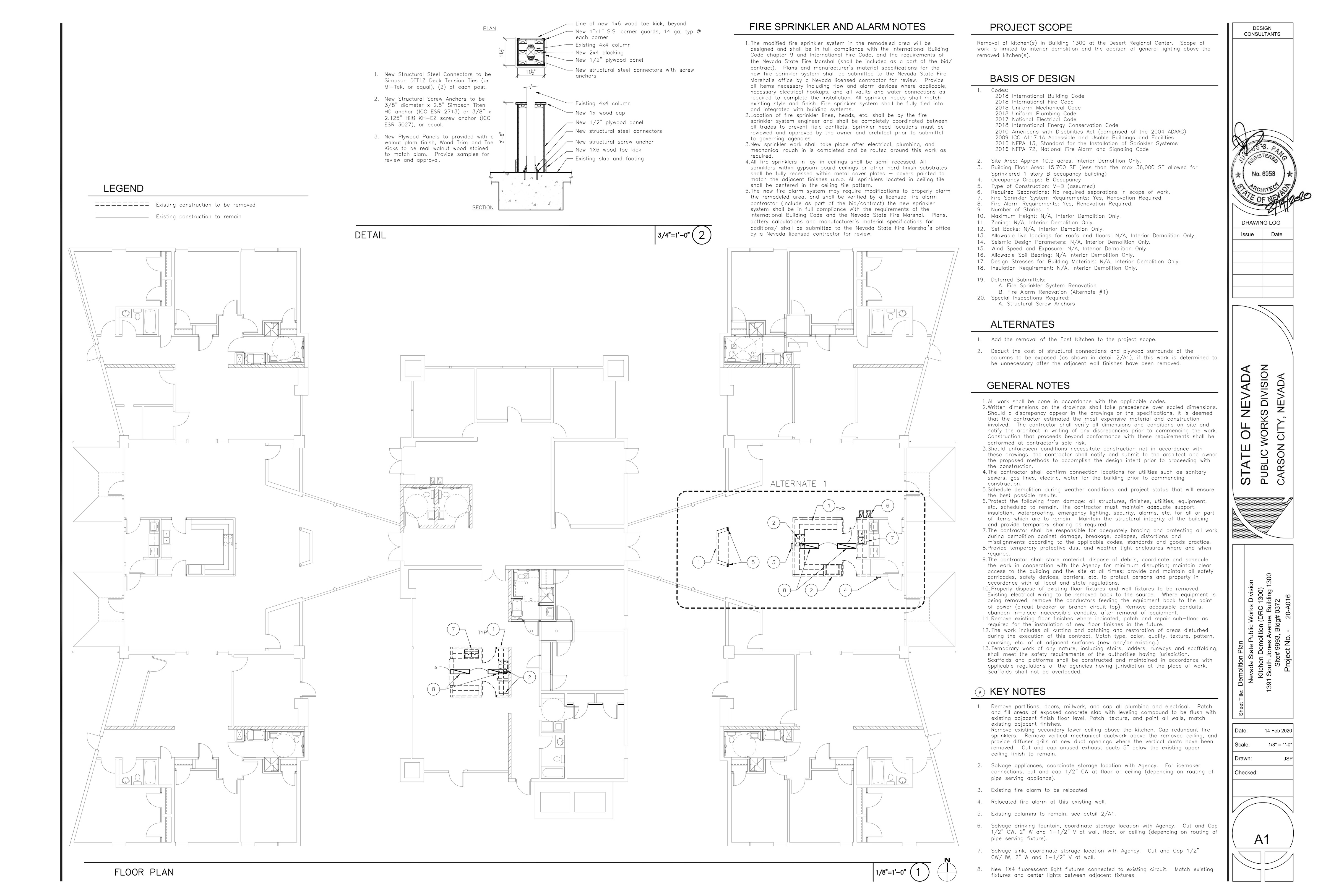


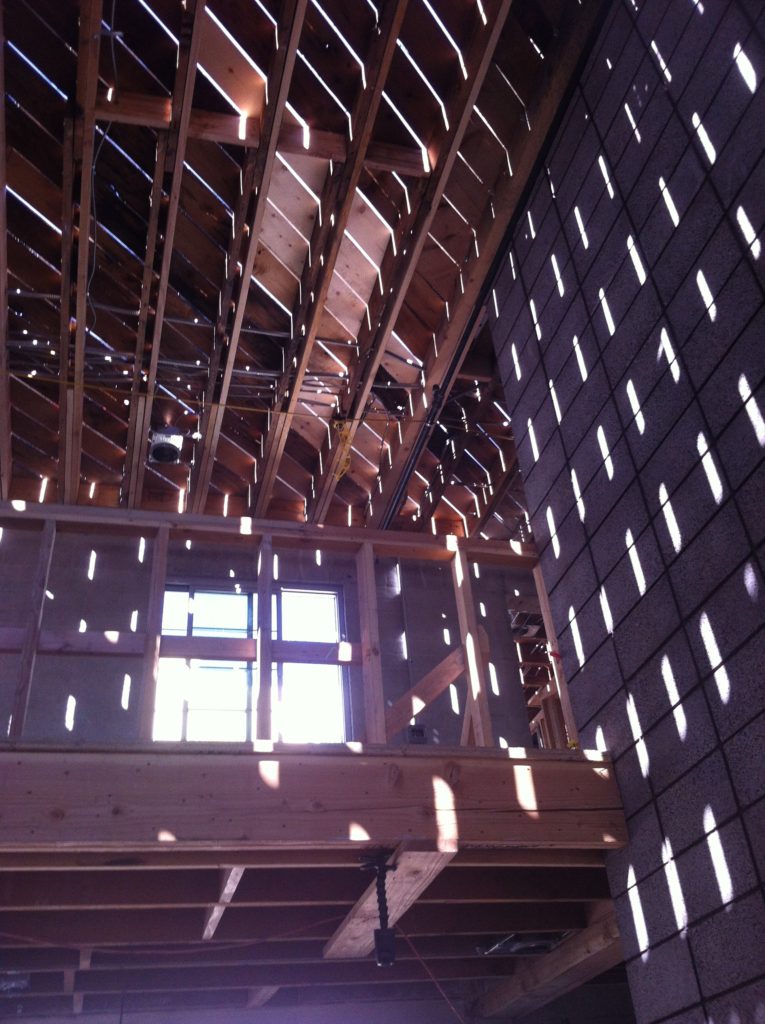
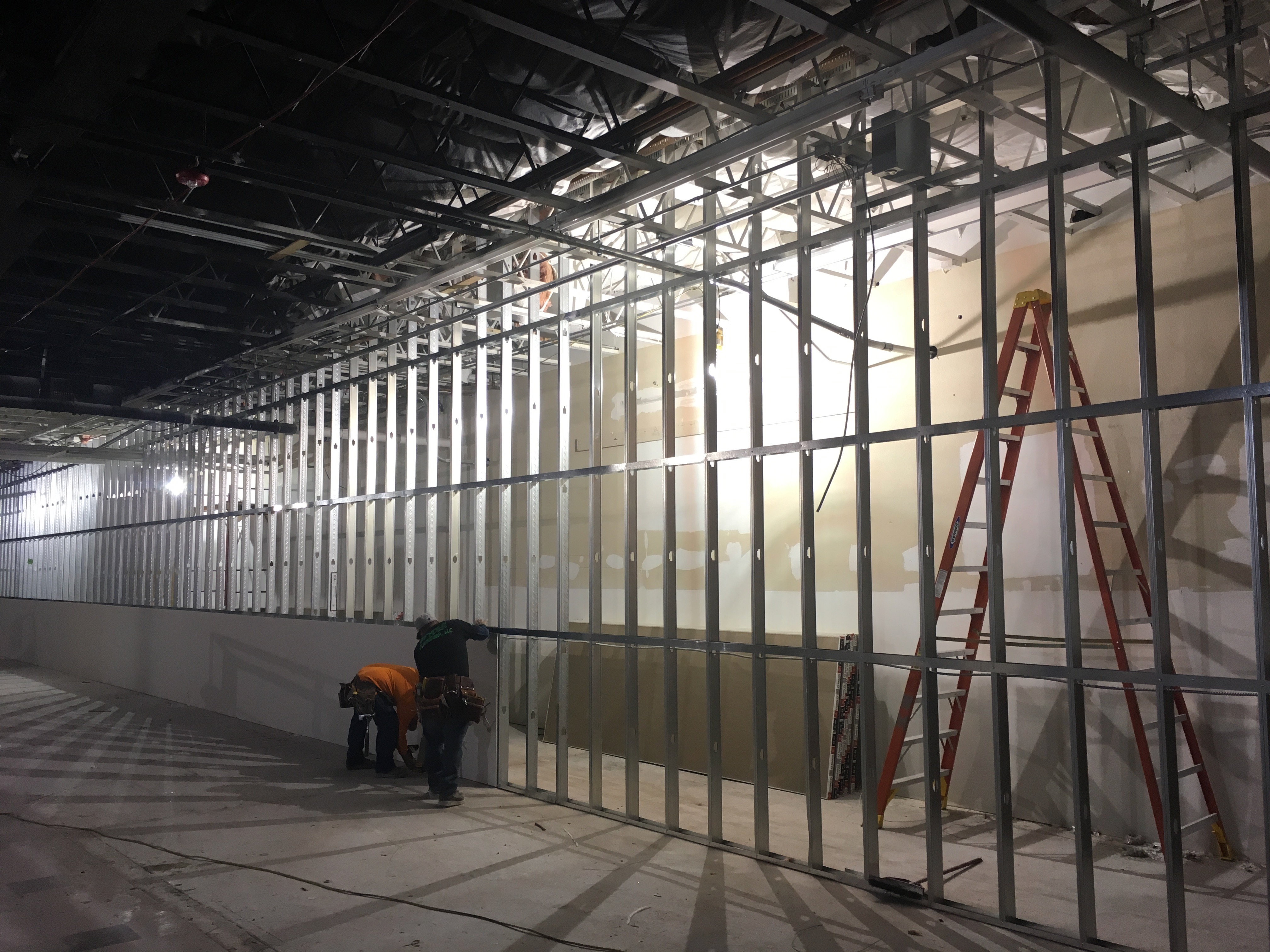
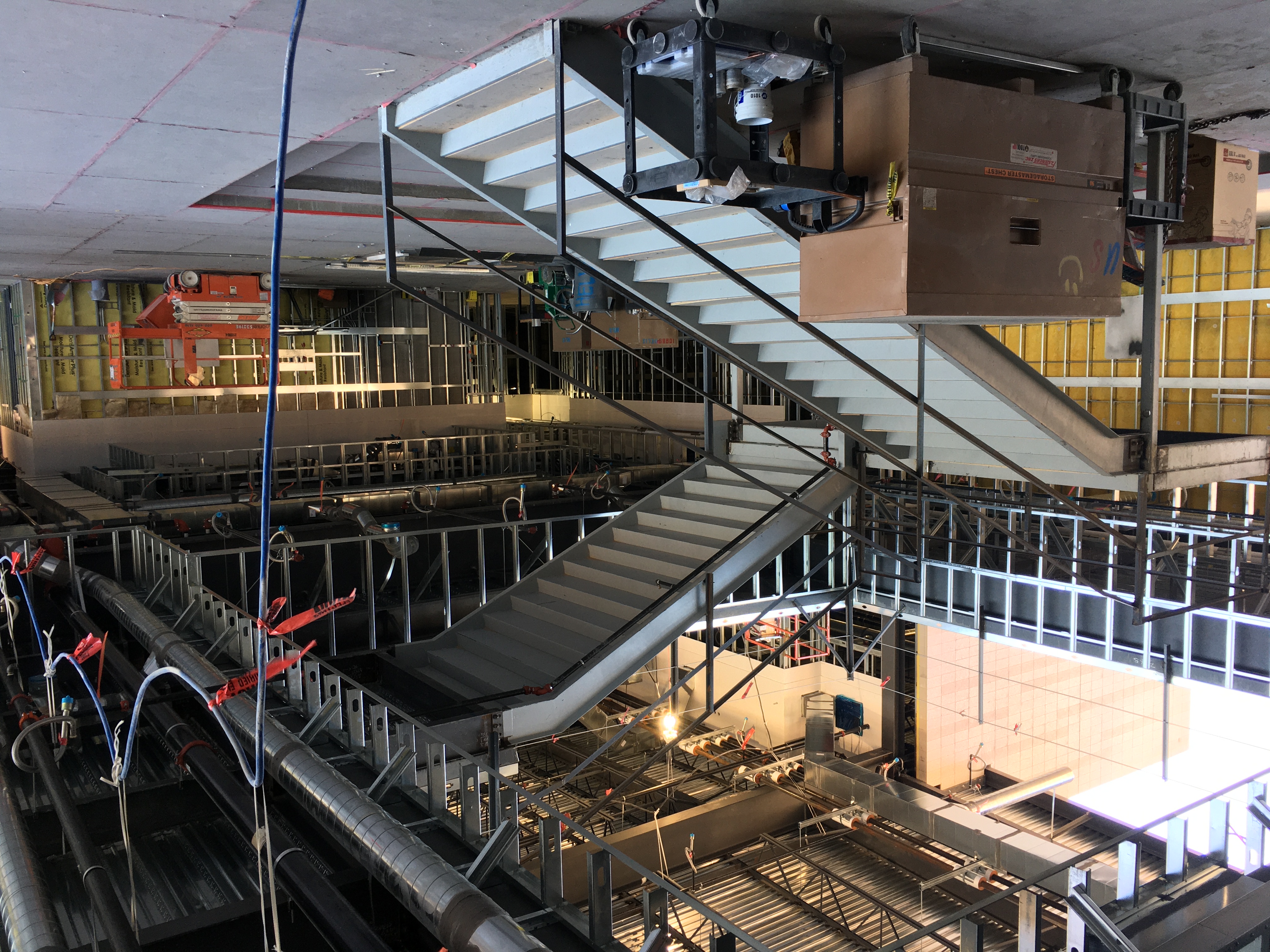

I spent 2010 working for a small firm doing a mix of single family renovations, custom houses, and small commercial work. The principals were a lovely couple, but when you’re the only employee in a three person firm there is a hard ceiling which is impossible to ignore, even for someone who isn’t particularly ambitious.
I wanted to try out life in a larger firm working on bigger projects, so the year was fraught with frustration as I pondered how to make a change in the midst of a recession.
2011 rang in with a sudden opportunity to join a large firm, and I spent the next two years working on a 300 unit apartment complex before heading off to Las Vegas.
I didn’t realize was that 2010 would be my last year as a professional residential architect. In retrospect, I should have savored that moment. I’ve always loved the craft of designing and documenting remodels, even if it is not a particularly well paying niche in the profession.
This past decade has put me on a financially stable path and lead me to to work that I greatly enjoy, so the tradeoff was well worth the price. But even at its kindest, the passage of time is always a touch cruel. You rarely know what you’re losing, until it’s long gone.
In July, I passed the two year mark at my job.
Two is not typically a big anniversary, but our entire schedule is wrapped around the legislature’s biennial cycle. The legislature meets at the start of every odd numbered year, so the spring of every even numbered year is a mad frantic rush to prepare budgets for all the different agency requested projects.
I was quite fortunate to be hired in summer of an even numbered year. It gave me a full eighteen months of training before being were thrown into the budget preparation process, and this was the final hazing before I could fully call myself a state employee.
As promised, it was utter chaos for the months of April through June, barely keeping my actual projects afloat while estimating 29 projects. Most of these were requests from previous years and won’t be approved. But one doesn’t know which project might suddenly become a high priority for the agency, so even the old numbers needed to be double checked, just in case.
We should have been done by the end of June, but we had one final hurdle this cycle – uploading our estimates into a new database. As to be expected, the new program had a rocky roll out, especially for the project managers in Las Vegas who had a difficulties connecting to the main server in Carson City.
Late at night before my employment anniversary, I slid into my desk to input my last four projects, joining my two fellow Vegas architects on Microsoft Teams. It was a throwback to the old studio days, architects working late at night, shooting the shit.
In the midst of it all, the boy wandered out of the bedroom.

So I spent the last moments of my second year with the SPWD doing loops in the backyard, chasing the sandman.